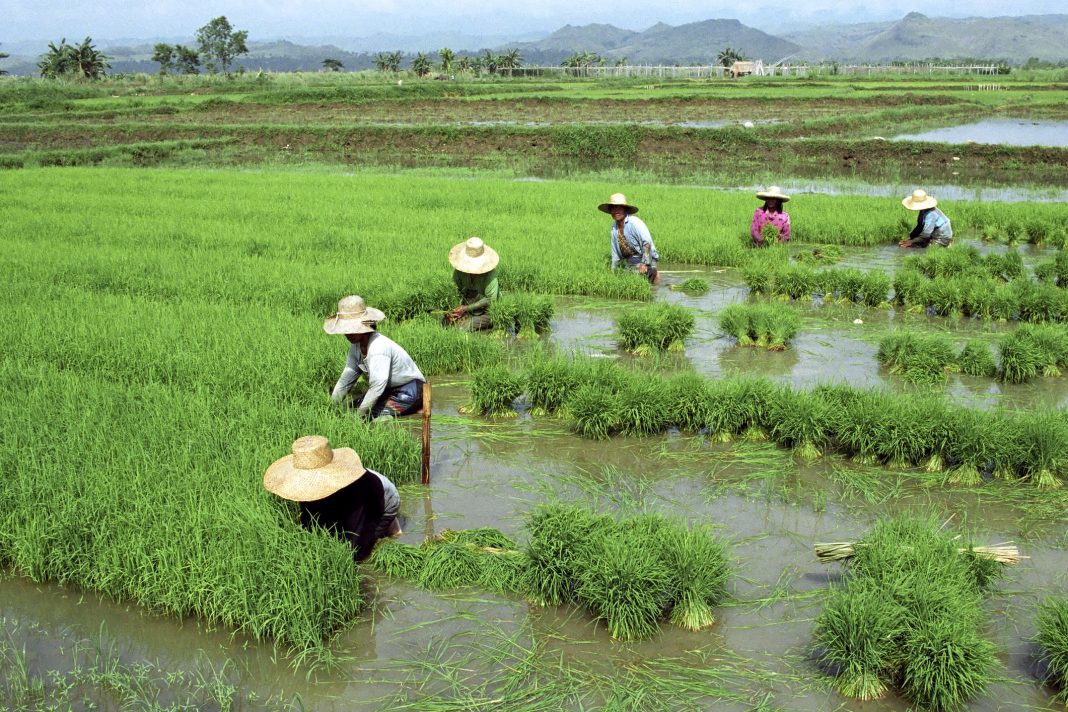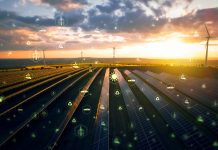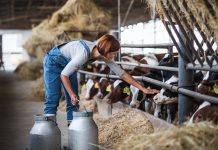Sasha Koo-Oshima & Virginie Gillet from Food and Agriculture Organization of the United Nations/ UN-Water, reveal their thoughts on integrating ecosystems in the Water-Food-Energy Nexus for greater sustainability
What’s in common between irrigating bioenergy crops, building large scale water infrastructures – for hydropower production and water storage for irrigation and urban uses – and powering water pumps from solar panels? All three have synergetic impacts on water, food and energy supply, known as the Water-Food-Energy Nexus. However, this might happen at the expense of downstream agro-ecological systems and local communities. Population growth, rapid urbanization, changing diets, economic development and conflicts that we are currently witnessing are just some of the factors driving increased demand for water, energy and food.
Agriculture is the largest user of the world’s freshwater resources representing over 70% of the global freshwater withdrawals (FAO, 2022a). Water is used for agricultural production, forestry and fishery, along the entire agri-food supply chain, and it is used to produce or transport energy in different forms. At the same time, energy is required to produce, transport and distribute food as well as to extract, pump, lift, collect, transport and treat water, so that more than one- quarter of the energy consumed globally is used by the food production and supply chain.
The Water-Food-Energy Nexus
The Water-Food-Energy Nexus approach introduced in 2011 (van Veen et al., 2022) highlights these existing interlinkages between these three sectors and manages often competing interests due to simultaneous growing urbanisation and industrialisation, also requiring both water and energy. In 2014, FAO, supported by its main technical advisory committee, the Committee of Agriculture embarked on a process to define what the Nexus means for the food and agriculture sector and to describe and address the complex and interrelated nature of our global resource systems.
Feeding a global population expected to reach 9.7 billion people by 2050 will require a 50% increase in food production. Global energy consumption is projected to grow by up to 50% between 2020 and 2050 (IEA, 2021). Total global water withdrawals for irrigation are projected to increase by 10% by 2050 under current conditions, but as much as 30% above the 2012 level with climate change factored in (FAO, 2022a).
Furthermore, the latest figures on malnutrition with 828 million affected by hunger in 2021, an increase of about 150 million since the outbreak of the COVID-19 pandemic, are evidence that food security and the related Sustainable Development Goal Target 2.1 to end hunger is far from being achieved yet (FAO, 2022b). With the Agenda 2030 promoting the global improvement of all 231 indicators concurrently, this is not only one target that is at risk, but the whole process.
Water use, whether for food or energy production, has significant impacts on ecosystems and the wider environment, while the increasing impacts of climate change show the dependence of our food and energy production systems on a healthy natural environment. The integration of ecosystems in the WEF Nexus, becoming Water-Energy-Food-Ecosystems (WEFE) Nexus is, therefore, key to achieving sustainable development, as recognized and promoted by the 2022 Dushanbe Declaration which will be carried into the thematic discussion of the UN 2023 Water Conference.
“Feeding a global population expected to reach 9.7 billion people by 2050 will require a 50% increase in food production. Global energy consumption is projected to grow by up to 50% between 2020 and 2050 (IEA, 2021). Total global water withdrawals for irrigation are projected to increase by 10% by 2050 under current conditions, but as much as 30% above the 2012 level with climate change factored in (FAO, 2022a).”
Improved water and energy management
Solar Powered Irrigation Systems (SPIS) are shown to be increasingly reliable and relatively low-cost, clean- energy solutions for agricultural water management especially in rural areas without electrification; however, they may potentially threaten aquifers in the same way that pumps powered by free or subsidized electricity by causing overdraft of groundwater do (FAO, 2022c). Hence, the Nexus approach offers a framework to identify, manage trade-offs and build synergies in identifying the optimal outcomes. The integration of the environment integrity into the Nexus ensures that the sustainable development goals of the Agenda 2030 are considered collectively.
Transition from this now fully accepted concept to practice has yet to be further advanced and scaled-up and may require effective cross-sectoral consultations at local, national and global level on sustainable energy transition supporting agriculture and climate mitigation and adaptation actions. FAO is now accelerating practical WEFE application through projects in Africa, Asia, Latin America and the Near East, to achieve food security through improved water and energy management and increase the resilience of the agroecosystems and vulnerable population to climate change.
References
1. FAO. 2022a. State of the Land and Water Resource of the World (SOLAW). Food and Agriculture Organization of the United Nations. Rome, Italy.
2. FAO. 2022b. State of the Food Security and Nutrition in the World (SOFI). Food and Agriculture Organization of the United Nations. Rome, Italy.
3. FAO. 2022c. The use of solar energy in irrigated agriculture. Food and Agriculture Organization of the United Nations. Rome, Italy.
4. van Veen, W., Sabella, R., van Wesenbeeck, L., Alfarra, A., Sonneveld, B. 2022. Crops and panels: a farm model with trade-offs in the Water- Energy-Food Nexus. In: The Palgrave Encyclopedia of Urban and Regional Futures. Palgrave Macmillan, Cham.
5. IEA. 2021. World Energy Outlook 2021 report. International Energy Agency. Paris, France.











